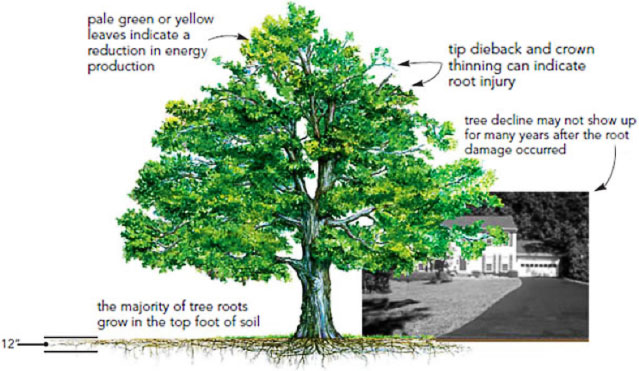
Guardians of Green: Strategies for Tree Preservation
Understanding the Value: The Importance of Tree Preservation
Tree preservation goes beyond aesthetics; it’s a crucial strategy for maintaining ecological balance and sustaining the health of our environment. Understanding the intrinsic value of trees prompts the need for effective preservation strategies that ensure their longevity and the myriad benefits they provide.
Preventive Measures: Safeguarding Trees from Threats
Implementing preventive measures is a key component of tree preservation. Identifying and mitigating potential threats such as pests, diseases, and environmental stressors is essential. Regular inspections, prompt intervention, and proper care contribute to the overall well-being of trees, preventing issues before they escalate.
Root Zone Protection: Nurturing Trees from Below Ground
A significant aspect of tree preservation involves caring for the root zone. Protecting the soil around a tree’s base, avoiding compaction, and providing proper aeration are crucial. Mulching, which retains moisture and regulates soil temperature, is an effective practice for nurturing the root system and promoting tree health.
Pruning Practices: Shaping for Health and Safety
Pruning is both an art and a science in tree preservation. Strategic pruning enhances the structural integrity of trees, removes dead or hazardous branches, and promotes proper growth. Well-planned pruning practices contribute to the tree’s overall health, aesthetics, and safety for surrounding structures.
Species Selection: Matching Trees to Their Environment
Choosing the right tree species for a specific environment is foundational to tree preservation. Native trees adapted to local conditions are more likely to thrive and withstand challenges. Careful consideration of soil types, climate, and available space ensures that trees are well-suited to their surroundings, enhancing their chances of survival.
Watering Wisdom: Hydration for Tree Vitality
Proper watering is a fundamental element of tree preservation. Adequate hydration is essential for tree vitality, especially in urban and arid environments. Understanding the water requirements of different tree species, along with efficient irrigation practices, plays a pivotal role in ensuring sustained growth and resilience.
Risk Assessment: Proactive Measures for Tree Stability
Conducting regular risk assessments is a proactive approach to tree preservation. Identifying potential hazards, such as weak limbs or root issues, allows for timely intervention. Addressing stability concerns through cabling, bracing, or other structural supports enhances the safety and longevity of trees in both natural and urban settings.
Community Engagement: Fostering a Culture of Preservation
Preserving trees is a shared responsibility that involves community engagement. Raising awareness about the value of trees, organizing tree planting events, and encouraging responsible practices in urban planning contribute to a culture of preservation. The collective efforts of communities are instrumental in safeguarding and enhancing tree populations.
Legal Protection: Policies for Tree Conservation
In many places, legal protection plays a vital role in tree preservation. Enacting and enforcing tree conservation policies helps prevent indiscriminate removal, logging, or damage to significant trees. Legal frameworks ensure that the value of trees is recognized and that measures are in place to safeguard them for future generations.
Education and Advocacy: Empowering Stewards of Trees
Educational initiatives and advocacy efforts are crucial for empowering individuals to become stewards of trees. Providing information on tree care, conservation practices, and the environmental benefits of trees fosters a sense of responsibility. Advocacy for tree preservation ensures that the importance of trees is acknowledged at local and global levels.
To learn more about effective strategies for Tree Preservation, visit vrbp.org.




